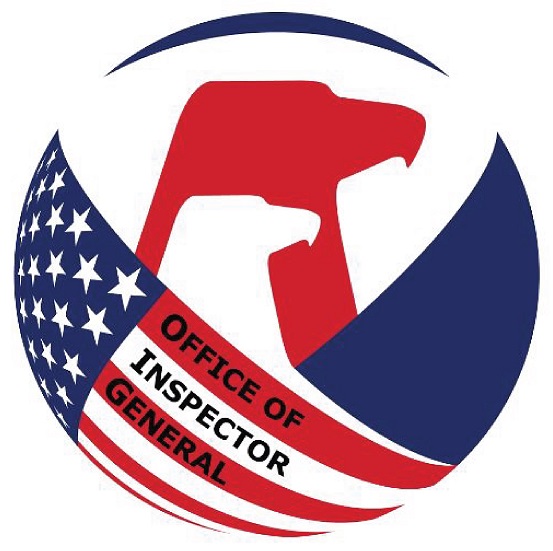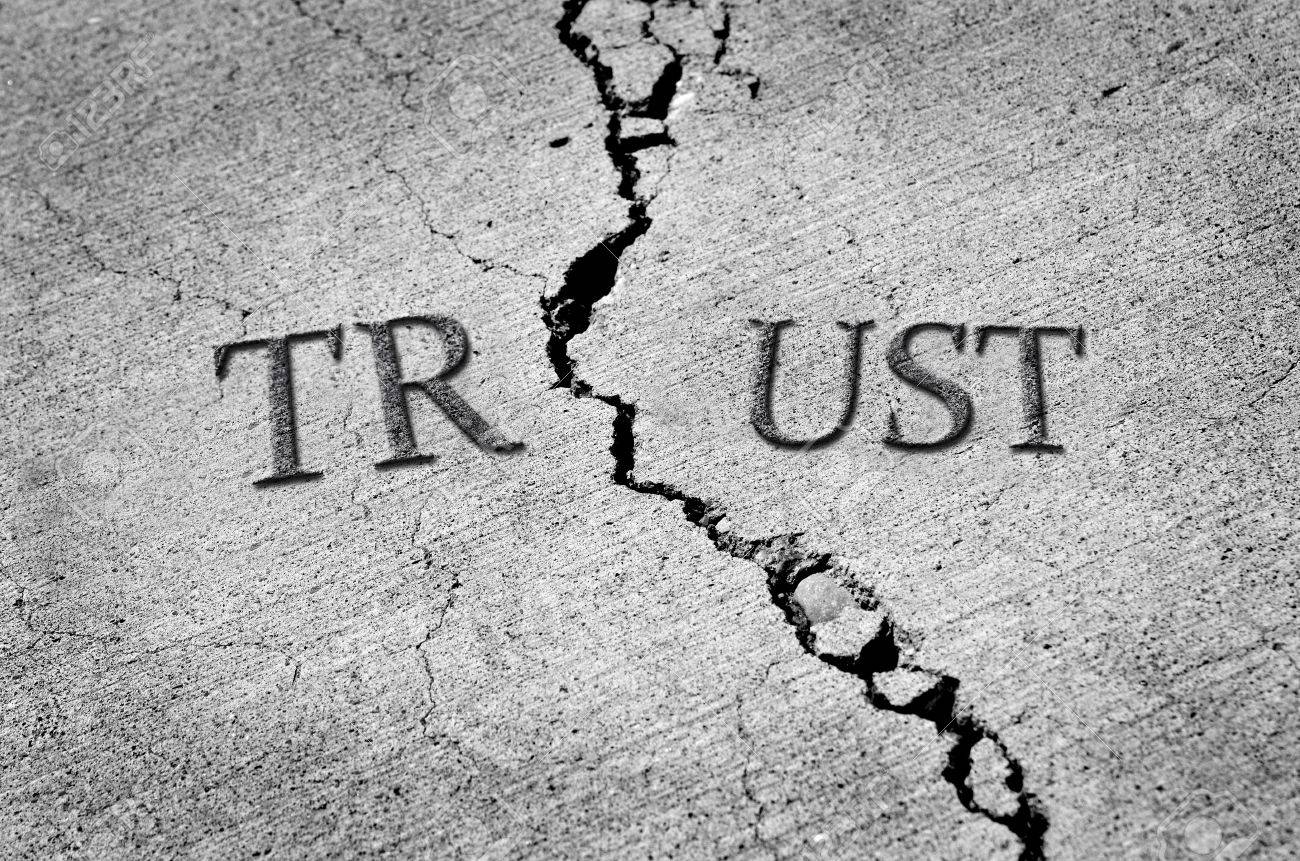The St. Tammany Parish Government has talked the public out of an Office of Inspector General for over a decade, but they will try to pass the same tax renewal three times in a year after the public already voted “no”. According to the HUD Office of Inspector General in an April 2017 Report with regard to HUD disaster relief assistance (see The Resiliency Games, CW 2015) “deficiencies occurred because the Parish did not follow and understand the program and its requirements.”
Legal Fees As of 2016, the Parish Government paid $1.58 million in legal representation, but they are not able to follow standard procedures in the distribution of funds from another government agency? Nope, not buying it. Oh wait, too bad, we already did.
The scare tactics the Parish is using to frighten voters into voting “yes” on the tax renewals are the creation of the Parish itself. One reason for the increase in crime is the natural result of the Parish’s aggressive population growth (increase the tax base at all costs) before the proper infrastructure is in place. Generally speaking, higher populations will yield higher crime statistics. The typical model is called Problem – Reaction – Solution, wherein a problem (usually one that is self-created) is presented to get reaction from the public and outcry for redress. Then a solution is offered, the outcome of which is what the administration wanted in the first place. The public then feels safe again, until the introduction of the next problem.
The all-time problem is that while our public officials pronounce to represent the public, policy is made behind closed doors by corporate representatives. St. Tammany saw this clearly during the proposed hydraulic fracturing project brought forward by Helis Oil Co. It became clear that state level agencies can override local control, and in the specific case of mineral extraction, legislation must be changed at the state level for local agencies to regain that control. The quiet dissolution of the STEDF after years of avoiding simple questions is just another reason for an Inspector General in St. Tammany.
In “St. Tammany Parish should have its own inspector general: Opinion (6/28/2017), Jeff Crouere writes: “While politicians don’t like them, voters do. In Orleans and Jefferson Parishes, voters approved the creation of inspector general offices. In St. Tammany Parish, voters would surely register their approval as well, but they have never been given the opportunity.”
Back in 2013, Parish President Pat Brister was offended by the words of Ed Quatreveaux, N.O.I.G., such that political offices are not immune to lying and thievery, delivered in a statement to the inspector general task force assembled for St. Tammany Parish. In 2009, voters were offended by the actions of St. Tammany Parish Council Member Joseph Impastato, who was sentenced to 18 months in prison for soliciting and receiving kickbacks after Katrina. In retrospect, there is no reason to be offended by a statement with regard to targeting liars and thieves in political office unless one condones or protects that behavior.
The ongoing legal debate between the District Attorney and the Parish Administration represents a struggle over the control of information. The checks and balances in government are in place to prevent undue influence from one agency to another. Dictating the duties of another government branch’s employees would indicate an undue influence, which from this writer’s estimation, is what District Attorney Montgomery is attempting to eliminate with the current lawsuit.
Recently, District Attorney Montgomery referred a case involving a St. Tammany Parish Sheriff’s Deputy to the State Attorney General in an action that he referred to as “fair and prudent” while taking criticisms for the decision. The citizens of St. Tammany would benefit from creating an office of Inspector General, and one elected by the people and not appointed by a board, committee or task force of corporate cronyism.
Timothy Achan Gates email: [email protected]




